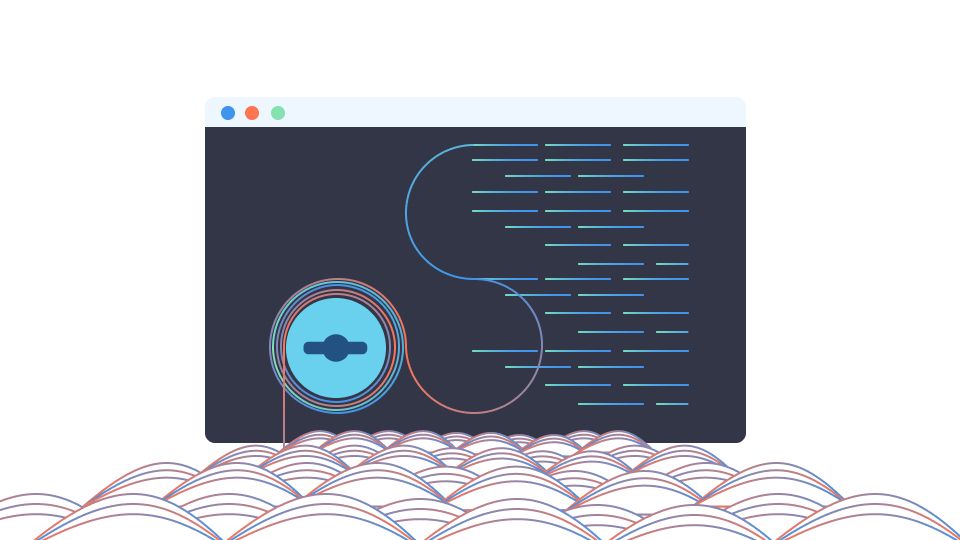
Programmers with at least some experience traditionally prefer to work on new projects. They enjoy designing an application and writing the code that makes that design shine, all by starting with a blank slate. However, code maintenance remains a critical task throughout the application development world, as it makes complex programs easier to maintain and support over time. This is especially the case in an Agile era where velocity matters more than ever. Regular source code analysis and refactoring ultimately play a crucial role in successful maintenance.
In the end, this process becomes easier with source code that’s easy to read and understand. With a goal of improving the software development processes at your organization, check out these insights on improving code maintenance and refactoring. While it’s not as sexy as building a new application from scratch from a requirements document, maintaining source code remains a vitally important task for any software development.
As noted earlier, the move to Agile and other similar software development methodologies requires programmers to accomplish more in less time. Because of this high-velocity approach, source code tends to become poorly structured as new functionality gets added. Sure, the updated app probably functions perfectly as far as the user experience, but sloppy code becomes more difficult to maintain over time. Forward-looking development shops focused on overall software quality engage in periodic code refactoring to improve the readability of source code, making it easier to maintain and understand. Over time this extra effort pays off, as any future modifications to software require less time and effort.
For example, finding a critical bug adversely affecting application functionality and performance becomes easier when dealing with readable source code that’s also highly maintainable. Simply put, code refactoring involves rewriting source code to make it easier to understand without altering its performance. So fixing some bugs or writing an app to improve performance is not code refactoring. It’s ultimately a question of spending extra time today to prevent even more time being spent fixing an issue in the future.
Dev teams with well-defined coding standards typically require programmers to write understandable source code to begin with. Still, this idealistic attitude doesn’t always fly when a project manager wants more items completed in each weekly sprint. Ultimately, this haphazard approach where the focus lies on quickly adding features leads to code degradation.
The codebase becomes laden with unused code that’s poorly documented, which greatly slows the process of maintenance, including bug fixes, performance boosts, and even new features. Refactoring remains the best prescription for code degradation or software rot. That’s why it helps to understand some best practices for code refactoring.
In a sense, the best way to perform meaningful code refactoring involves requiring developers to always write readable and maintainable source code. A robust set of coding standards combined with regular code reviews helps accomplish these goals. Senior developers play a key role in ensuring useful code standards are created and maintained. They also typically lead code review sessions; coaching new developers on the best practices for writing clear and concise source code.
Additionally, embedding refactoring within the coding process dovetails nicely with this approach, while also being largely compatible with modern software development methodologies in this era of Agile. For example, some companies already leveraging TDD (test-driven development) use the Red-Green-Refactor method for code refactoring.
The Red-Green-Refactor technique combines the TDD approach with an extra step used for code refactoring. The Red step involves the analysis of the specific development task; ultimately determining the UX design and code to be crafted. The Green step involves writing enough code to pass all unit tests while not breaking anything in the larger codebase.
These two steps essentially follow the standard TDD approach. An extra Refactor step lets the developer make changes to improve the readability of the source code without affecting the underlying functionality. At this point, a senior developer provides insights on improving the code or checking that it adheres to the company’s coding standards. It’s a great way to still use code reviews within the context of a fast-paced Agile development environment.
Some software development shops use older methodologies and might not follow the TDD approach. Consider a scenario where a company purchased another business with a few legacy applications. The source code for these apps is a mess, so they decided to spend the effort refactoring the code, while also documenting it. In this situation, the refactoring by abstraction method provides the means to handle large code bases. It leverages abstraction in object-oriented class design to remove duplicate code by embedding it in a superclass.
The opposite also happens as some logic fits better in a subclass as opposed to always relying on inheritance. Other techniques like extraction and inline refactoring also serve to reduce code duplication while simplifying the codebase.
Whatever methodology you decide to use, understanding a few codes refactoring best practices always helps.
While you’ll inevitably run into some code degradation over time, working with experienced developers is a big step towards maintaining good standards. Many companies get into trouble when many different freelance developers contribute to their code – especially if they are untested or unreliable developers who will just try to complete the project as quickly as possible.
This is why Gigster takes all our developers through a rigorous screening process and then supports them with very clear processes and standards. While we also handle code refactoring projects, these project management frameworks and processes go a long way to limiting issues that can accelerate code degradation and force you to perform major code refactoring. Start with experienced developers and clear programming standards, review code regularly, and you can improve code maintenance and quality.